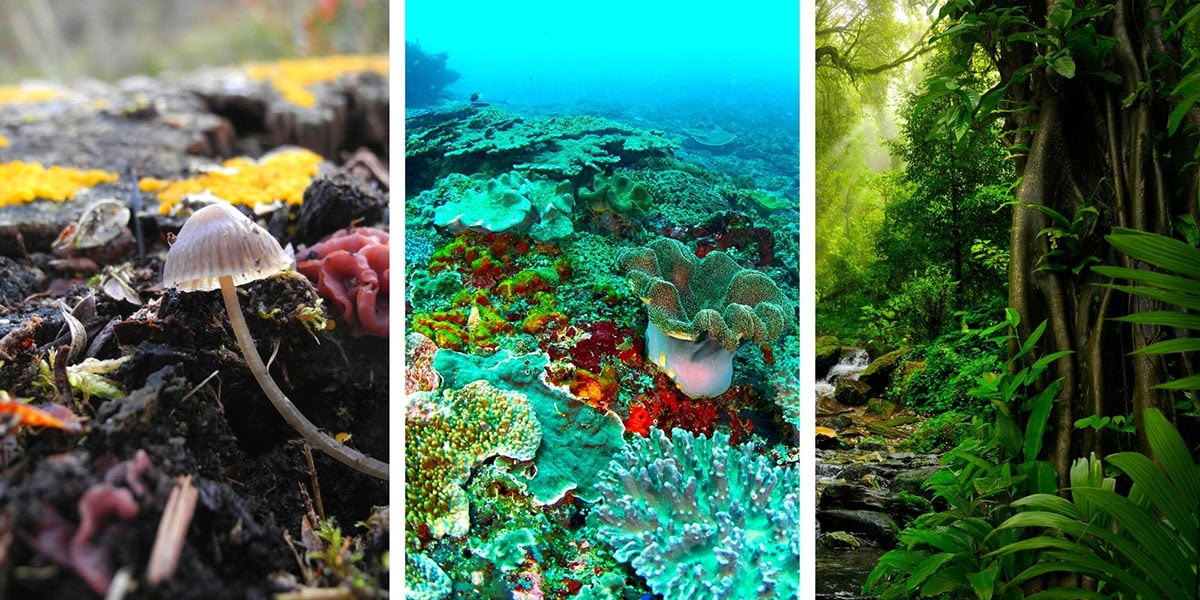The United Nations designated 2010 as the International Year of Biodiversity; however, during that period, it became apparent through media and other channels that a substantial portion of the public lacked a comprehensive understanding of biodiversity.
While there’s hope that public comprehension has since improved, the recent global assessment by the Intergovernmental Science-Policy Platform on Biodiversity and Ecosystem Services (IPBES) has once again brought attention to the urgency of the matter. Their findings, such as the revelation that one million species are facing extinction, have garnered significant media interest.
The IPBES report has also played a pivotal role in elevating political awareness, emphasizing that biodiversity loss is as critical an issue for society as climate change. Despite these efforts, confusion and misconceptions about biodiversity persist—what it entails, its functions, and its significance.
This lack of familiarity may contribute to the limited engagement of the development community in discussions about biodiversity preservation. It’s not that those focused on development are oblivious to environmental concerns; climate change remains a high priority for many development organizations. However, there seems to be a gap in understanding biodiversity, and it is imperative that this gap be addressed swiftly.
Biodiversity encompasses more than the plight of iconic species portrayed in emotionally charged media stories. It is the intricate web of life and the ecological interactions between diverse organisms that holds paramount importance.
Development professionals may be personally concerned about biodiversity issues, but the connection between declining biodiversity and their development goals—such as poverty alleviation, improved healthcare, gender equality, and resilience to natural disasters—often goes unnoticed. Moreover, reports of human rights violations in the name of conservation may understandably lead the development community to believe that biodiversity concerns could run counter to their agenda.
So, what is biodiversity, and why does it matter to development?
The UN Convention on Biological Diversity defines biodiversity as “the variability among living organisms from all sources, including terrestrial, marine, and other aquatic ecosystems and the ecological complexes of which they are part; this includes diversity within species, between species, and of ecosystems.” The crucial term here is ‘variability.’ Biodiversity is not just about individual species or their populations; it’s about the diversity of life and the ecological interplay between various life forms.
Diversity holds significance because it significantly influences the productivity and stability of natural ecosystems and the services they provide—services crucial to key development sectors. For instance, crop genetic diversity enhances agricultural yield, tree species diversity boosts wood production, plant species diversity improves fodder in grasslands, and fish species diversity is linked to stable catches. Diverse systems also exhibit greater resilience to climate fluctuations.
However, diversity is not the sole critical aspect of natural systems from a development and poverty reduction perspective. Many benefits derived from nature, especially by those in lower socioeconomic brackets, are reliant on the abundance of specific species. Although some loss of biodiversity is natural, the current rate of extinction is unprecedented. This accelerated loss poses a severe threat to key development priorities such as health and food security.
Development professionals need to actively engage in understanding and addressing biodiversity concerns, recognizing that biodiversity is not just about the wealth of nature but also about the health of nature. The ongoing loss of biodiversity undermines the capacity of ecosystems to function effectively, jeopardizing nature’s ability to sustain a healthy environment. This is particularly critical in the face of a changing climate, where biodiversity loss reduces nature’s resilience to change.
Engaging in biodiversity conservation is not just an environmental imperative but a crucial aspect of ensuring a sustainable and equitable future for all, especially for those most directly dependent on nature and vulnerable to the impacts of climate change.

